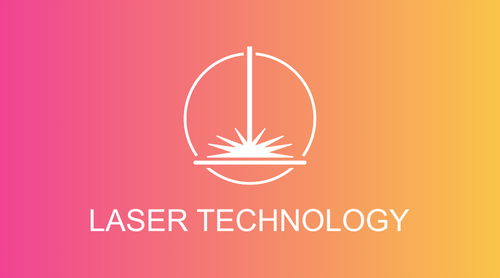Are ballast systems suitable for all roof types?
The question of the suitability of ballast systems for different roof types is of crucial importance when planning and installing a solar system. In general, ballast systems are best suited to flat roofs as they provide a simple and effective method of attaching solar panels to these surfaces.
Flat roofs often have enough space and a flat surface that is well suited for installing solar panels. Ballast systems use the weight of concrete blocks, metal frames or other heavy materials to hold solar panels securely on the roof without the need for additional fastenings or drilling. This method is particularly beneficial for flat roofs as it allows for easy installation while maintaining the integrity of the roof.
In contrast, sloping roofs typically require other types of mounting systems that are specific to the roof pitch. Solar panels need to be installed at a certain angle to ensure optimal sunlight exposure, and this requires special brackets or rails that are adjusted to the slope of the roof. Ballast systems are less suitable for sloping roofs as they cannot provide the stability and security required to hold solar panels at a sloping angle.
Overall, ballast systems are typically the preferred choice for flat roofs as they provide a cost-effective, low-maintenance and efficient method of installing solar panels. For sloping roofs, other mounting systems are required to ensure safe and reliable attachment of the solar modules. It is important to consider the specific requirements and characteristics of your roof to select the appropriate mounting system for your solar system.
Are ballast systems suitable for all roof types?
The question of the suitability of ballast systems for different roof types is of crucial importance when planning and installing a solar system. In general, ballast systems are best suited to flat roofs as they provide a simple and effective method of attaching solar panels to these surfaces.
Flat roofs often have enough space and a flat surface that is well suited for installing solar panels. Ballast systems use the weight of concrete blocks, metal frames or other heavy materials to hold solar panels securely on the roof without the need for additional fastenings or drilling. This method is particularly beneficial for flat roofs as it allows for easy installation while maintaining the integrity of the roof.
In contrast, sloping roofs typically require other types of mounting systems that are specific to the roof pitch. Solar panels need to be installed at a certain angle to ensure optimal sunlight exposure, and this requires special brackets or rails that are adjusted to the slope of the roof. Ballast systems are less suitable for sloping roofs as they cannot provide the stability and security required to hold solar panels at a sloping angle.
Overall, ballast systems are typically the preferred choice for flat roofs as they provide a cost-effective, low-maintenance and efficient method of installing solar panels. For sloping roofs, other mounting systems are required to ensure safe and reliable attachment of the solar modules. It is important to consider the specific requirements and characteristics of your roof to select the appropriate mounting system for your solar system.


